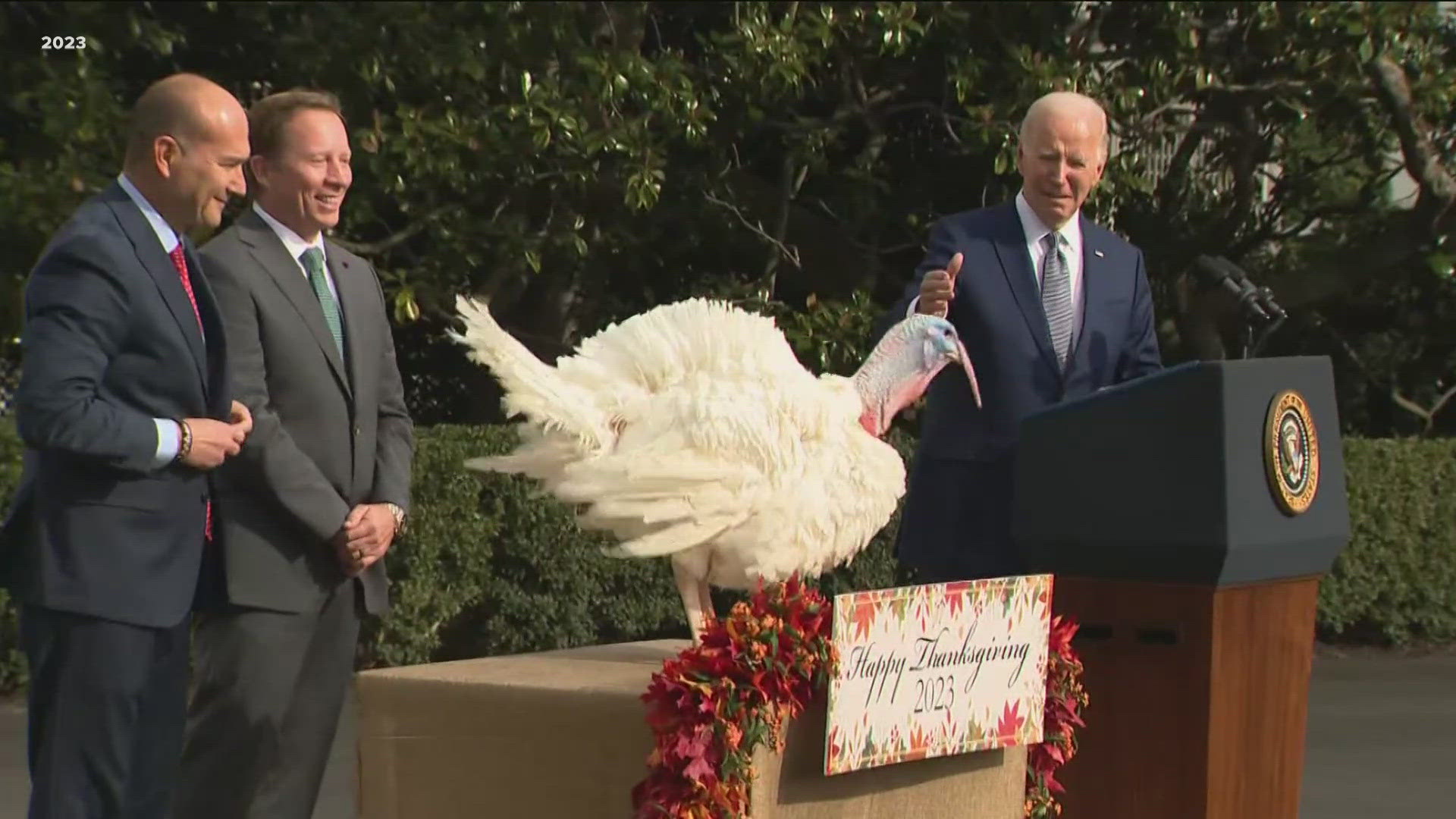If you’ve noticed an influx of wild turkeys in your neighborhood, you’re not alone.
Minnesota’s Department of Natural Resources (DNR) says the population of wild turkeys in suburban and urban environments continues to grow.
“The nesting seasons in 2022 and 2023 were ideal conditions for both nest success and brood rearing and we are seeing the population grow as a result,” said Nate Huck, DNR Game Bird Specialist.
While Huck said the overall population is hard to count, it’s easy to spot the evidence of the turkey boom.
“Where are they living? Where do they sleep? Why are they here? Why are there all of a sudden so many?” St. Paul resident Grace Hartman said.
Nearby, wild turkeys have become a staple on University of Minnesota’s St. Paul campus and on the surrounding residential streets.
“They really have no fear,” Megan Ratka, a student, said. “They were right on our front walkways. So I just gave them some space and used the back door instead.”
“I was walking across the crosswalk and I didn't even notice there was one in front of me until I looked up and I was face to face with one of the turkeys,” Paige Keler, another student said.
Both students said the wild turkeys are popular enough to have their own Instagram page, which was featured in the New York Times in 2021.
“I'm from out in the country, South Dakota,” Keler said. “It does remind me a little bit of home. It makes me feel safe.”
Their growing presence isn’t a comfort to Lori Arent, Interim Director of the University’s Raptor Center. Wildlife rehabilitators with the Raptor Center must keep a watchful eye for turkeys while they exercise injured birds on campus fields.
“These turkeys would certainly, potentially hurt our birds,” Arnt said. “So we are very quick to either shoo them out of the way or get to our bird.”
If turkeys become aggressive, the DNR will issue permits to towns to destroy flocks. However, other options need to be exhausted first.
“We do permit removal of turkeys in instances where they are causing damage or causing nuisance issues or threats to public safety,” Huck said. “Often times, we require nonlethal measure be taken prior to permitting removals.”
Eric Nelson, the DNR’s Wildlife Damage Program Supervisor said there must be a plan in place for handling wild turkeys once they are killed.
“Any removal permit the DNR issues for turkeys has [a] disposition plan prior to implementation,” Nelson said. “The turkey needs to be used as a food source.”
Of all the turkeys on campus, there are two who live a completely sheltered life.
Liberty and Bell, the two turkeys pardoned by President Biden in 2023 are now permanent residents of the University of Minnesota.
Living on the St. Paul campus, their handling requires bio suits, disinfectant and a visitor sign-in sheet.
“They are provided with the sufficient nutrition and management,” Dr. Anup Johny, associate professor of Animal Science said. “They are safe and they are safeguarded.”
The pardoned birds, which were bred for meat, have brilliant white feathers and are larger in size than their wild counterparts.
Their appearance is one of many reminders of how different they are from the rest of the campus’s birds, according to their caretaker Dr. Luna Akhtar.
“Only the pardoned turkeys are actually getting a really luxurious life," Akhtar said.

